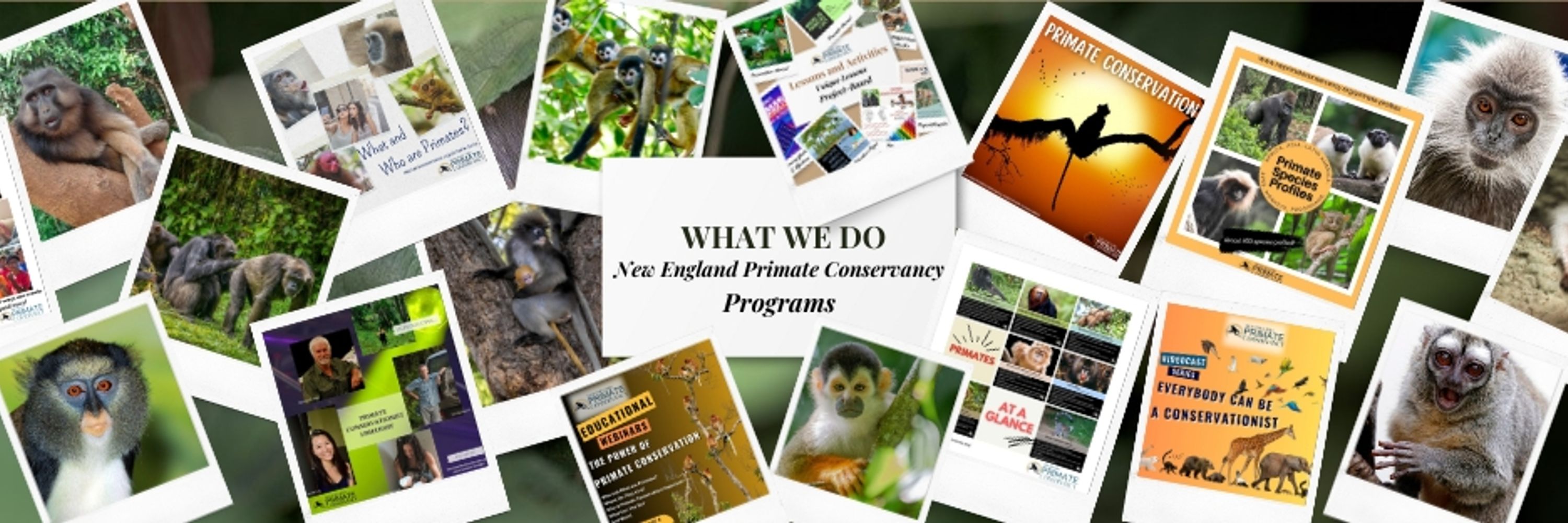New England Primate Conservancy
@neprimateconsrv.bsky.social
260 followers
110 following
480 posts
A wildlife conservation organization that makes its greatest impact through education. The go-to source for understanding the vital roles of primates and primate conservation in preserving the Earth’s biodiversity. Everybody can be a Conservationist!
Posts
Media
Videos
Starter Packs
Reposted by New England Primate Conservancy






















